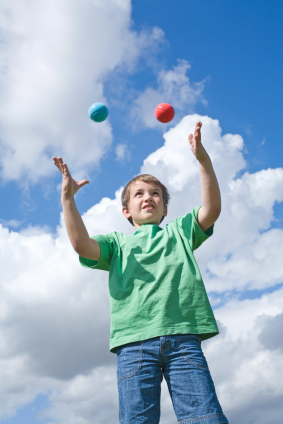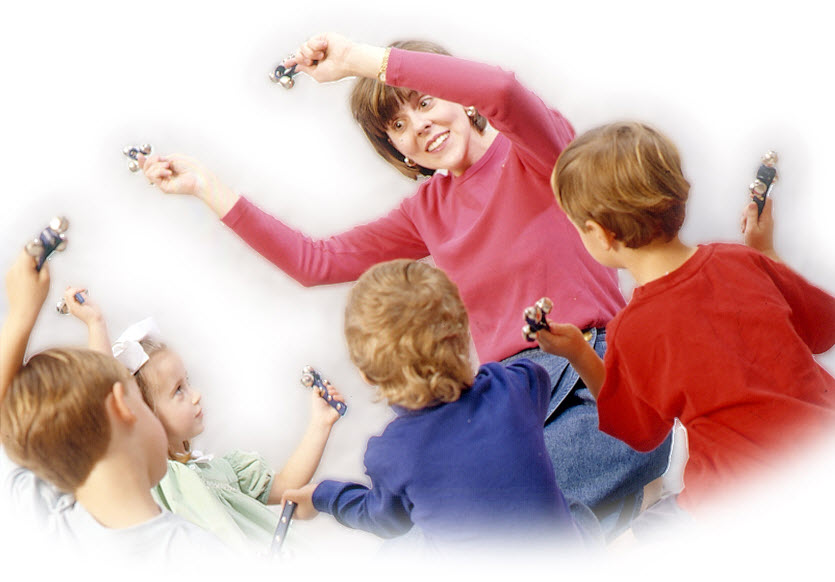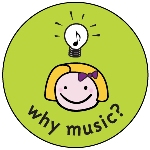 Kindermusik is as much about movement as it is about music. Ask any educator or parent – there’s no need to go to the gym on Kindermusik day! That’s because we know that children learn best by doing – it’s called experiential learning. And now a new study highlighted in Science Daily demonstrates just how powerful the doing-learning-remembering connection really is. There really is such a thing as “motor memory!”
Kindermusik is as much about movement as it is about music. Ask any educator or parent – there’s no need to go to the gym on Kindermusik day! That’s because we know that children learn best by doing – it’s called experiential learning. And now a new study highlighted in Science Daily demonstrates just how powerful the doing-learning-remembering connection really is. There really is such a thing as “motor memory!”
Multiple research studies prove what Kindermusik has capitalized on for a long time – movement is KEY to learning. In fact, the movement we do in our Kindermusik classes is essential for the children in many ways.
The powerful, but happy, combination of movement and music develops:
A well-developed vestibular system provides emotional security, good muscle tone, develops auditory language processing, and visual-spatial processing. All this while you’re having fun dancing!
Moving in a variety of ways gives your child a chance to ‘see the world’ from many perspectives, thus strengthening neural pathways, which carry messages from your child’s mind, guiding her senses and motor skills.
During the first part of life, we’re learning to walk, so gross motor activities dominate the child’s movement. Now she can focus on activities that encourage the development of fine muscles, so she can increase skills that require finger and hand movements such as putting together a simple puzzle, painting with a paintbrush, turning a page of a book or stringing beads.
Body awareness is important in the development of the child’s physical confidence. This developmental goal may be met by engaging in movement activities which focus on body part movement, whole body movement in one place, and whole body movement while traveling in space.
- Creativity and Imagination.
Listening and responding to music and movement activities helps develop pretend play skills while also helping your child assimilate music and movement concepts such as fast, slow, loud, quiet, bumpy, smooth, straight and curvy.
While in motion, the brain acts like a flight simulator, constantly inventing, moving mental models to project onto a changing world. This is an extraordinary mentally complex operation which builds thinking skills.
Movement is truly the key to the kind of learning that sticks and to the kind of joyful interaction that leads to a lifelong love of music and a lifetime of benefiting from the rich foundation of an early childhood music and movement program like Kindermusik.

Come move, sing, dance, play, and learn with us! Try a FREE Kindermusik class today and see how music will move you… and your child.

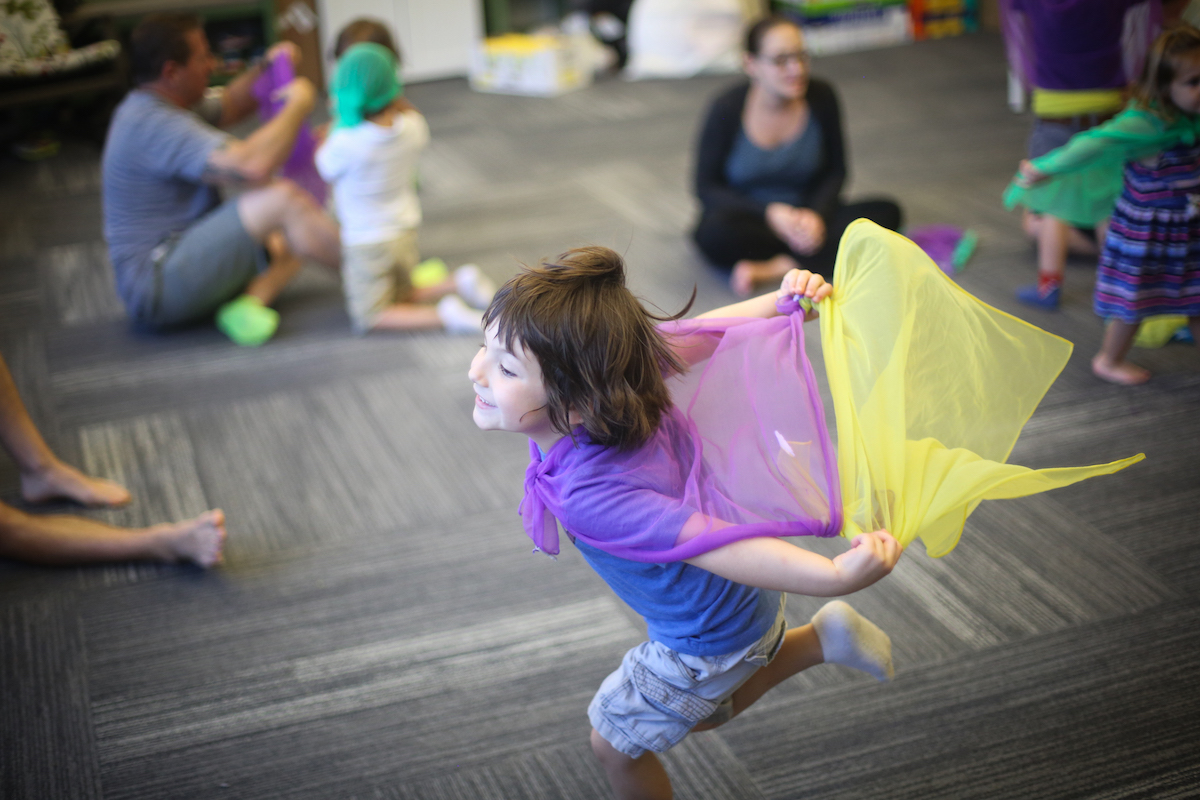

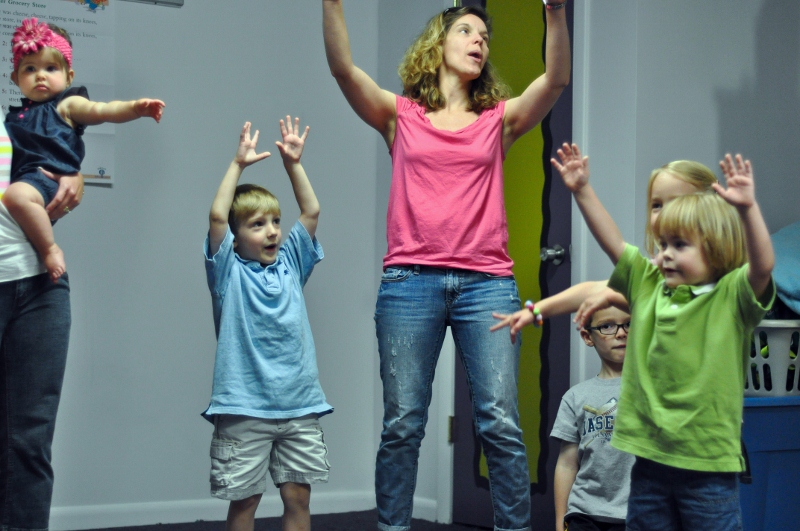
 Kindermusik is as much about movement as it is about music. Ask any educator or parent – there’s no need to go to the gym on Kindermusik day! That’s because we know that children learn best by doing – it’s called experiential learning. And now
Kindermusik is as much about movement as it is about music. Ask any educator or parent – there’s no need to go to the gym on Kindermusik day! That’s because we know that children learn best by doing – it’s called experiential learning. And now 

